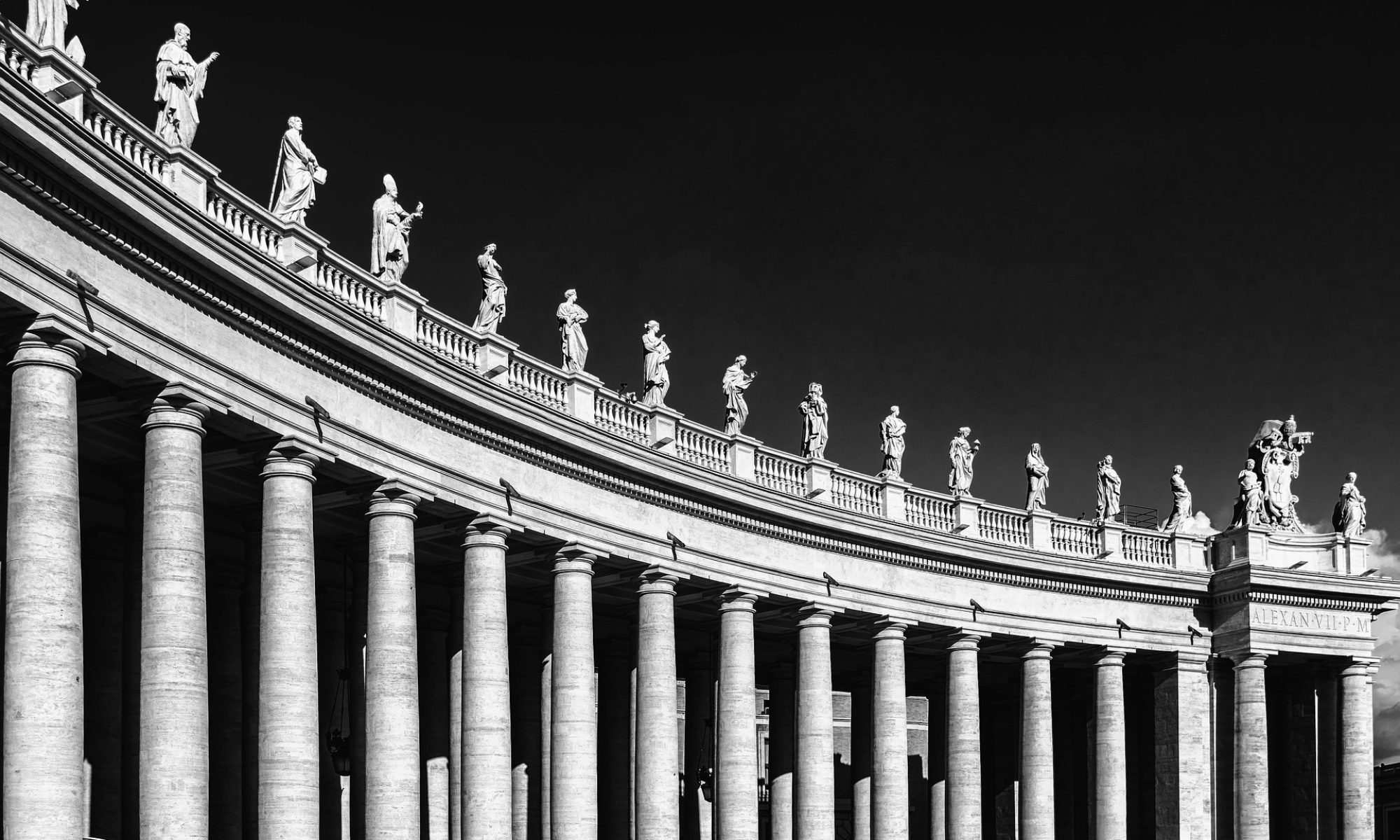La Nueva Evangelización en el marco del Año de la Fe se toma a en continuidad con la práctica medieval de las indulgencias y la promoción de la devoción mariana.
14 DE OCTUBRE DE 2012
El Papa Benedicto XVI inauguró esta pasado jueves 11 de octubre el Año de la Fe, que marca el 50 aniversario del inicio del Segundo Concilio Vaticano (1962-1965) y el 20 aniversario de la publicación del Catecismo de la Iglesia Católica.
Estas dos conmemoraciones se han puesto bajo la égida del Año de la Fe y sobre el fondo de la Nueva Evangelización, que será el tema del inminente Sínodo de los obispos (7-28 Octubre).
En conjunción con el comienzo del Año de la Fe, se celebran dos acontecimientos que merecen atención: la encomienda a María del Año de la Fe por el Papa Ratzinger y la nueva concesión de indulgencias a los que tomen parte en el mismo .
El Año de la Fe tendrá fuertes connotaciones marianas e irá acompañado de indulgencias. Ambos casos reflejan profundamente las dimensiones profesadas por la fe católica.
1. UN AÑO PUESTO EN LAS MANOS DE “LA MADRE DE DIOS”
Los aniversarios y las acciones simbólicas son importantes para el catolicismo romano.
Hace cincuenta años, justo antes de la apertura de la primera sesión del Vaticano II, el Papa Juan XXIII peregrinó a Loreto para confiar el concilio al cuidado de María. Loreto es una pequeña ciudad situada en el centro de Italia donde, según la tradición, está ubicada la casa donde María recibió la anunciación y vivió en Nazaret y fue tomada después de ser milagrosamente preservada de la destrucción. Este santuario mariano, también llamado “La Casa Santa”, es uno de los más importantes lugares de devoción mariana de Europa.
Igual que el Papa Juan XXIII fue a Loreto en 1962, también lo hizo Benedicto XVI el 4 de Octubre para encomendar a María el Año de la Fe que está destinado a conmemorar el Vaticano II. De esta forma, si el Vaticano II se puso bajo el cuidado maternal de María, el Año de la Fe empieza con la misma connotación mariana .
Durante su homilía en el santuario mariano de Loreto, el Papa reflexionó sobre temas especialmente marianos utilizando poderosas analogías para ilustrar la ejemplar relevancia de María para el catolicismo romano y así alimentar la devoción mariana .
Como el santuario es un “testigo físico y tangible del más grande evento de nuestra historia, la Encarnación”, así María es el “lugar de su presencia, un sitio de morada para el Hijo de Dios”. María es una “casa viva, el templo” del Hijo de Dios; “donde Dios mora, es nuestro hogar”. El catolicismo es muy sensible a la fisicidad de la fe, aunque el Papa nunca se refiere al hecho de que esta casa no es la casa “real” de María, sino un edificio medieval que se atribuyó ficticiamente a María.
Benedicto XVI también dijo que María es la madre de Cristo y nuestra madre en el sentido de que “nos abre la puerta de su hogar”. La casa viva se convierte en nuestro hogar donde siempre somos acogidos, y la anfitriona de la casa se transforma en la madre que siempre nos ama.
Se evocan poderosas imágenes y se tocan profundas emociones. La imaginería de María provoca recónditos sentimientos humanos.
La habilidad católico romana para desarrollar y enriquecer el mundo de las imágenes es proverbial. El problema permanente es lo que está exactamente garantizado bíblicamente y cuales son los límites de estos avances para que no se conviertan en fines autoreferenciales en sí mismos . Como una cuestión de hecho, el Año de la Fe empieza con un fuerte tono mariano, como se hizo con el Vaticano II y con todos los demás acontecimientos oficiales católico romanos.
2. EL AÑO DE LA FE Y LAS INDULGENCIAS
El segundo evento que vale la pena señalar al principio del Año de la Fe es el decreto del Penitenciario Vaticano, es decir, el Tribunal Vaticano que trata de las absoluciones, dispensaciones e indulgencias, y que disciplinará la concesión de indulgencias durante el próximo año.
Se concederá la remisión plenaria de la pena temporal a todos los que, después de la confesión y la Comunión, asistan al menos a tres charlas sobre el Vaticano II o el Catecismo en un contexto de la iglesia, o hagan un peregrinaje a una basílica papal o a una catedral, o tomen parte en una misa en unas fechas determinadas, o regresen a la iglesia donde fueron bautizados a renovar sus votos bautismales .
Este decreto demuestra que el aparato de una práctica medieval sigue vigente y es el compañero constante de la Iglesia que recuerda el Vaticano II y promueve la Nueva Evangelización.
Además de la piedad mariana, éste es otro rasgo distintivo del catolicismo romano: nuevas iniciativas, como la Nueva Evangelización en el marco del Año de la Fe, no se toman a expensas de tradiciones del pasado de la Iglesia, sino en continuidad con las mismas, incluso con las que se han opuesto y lo hacen todavía, otros cristianos por amor al Evangelio . En Roma no se pierde nada, todo se aprovecha.
Los términos “fe” y “evangelización” serán centrales en el próximo año y parecerán estar muy cerca, si no al mismo nivel, de la forma en que los protestantes evangélicos las usan.
No obstante, algún intérprete y observador del Año de la Fe necesitará recordar que ellos siempre transportan la pantalla completa de la doctrina católico romana, espiritualmente y en la práctica, no una selección según las preferencias de cada uno.
Traducción: Rosa Gubianas

